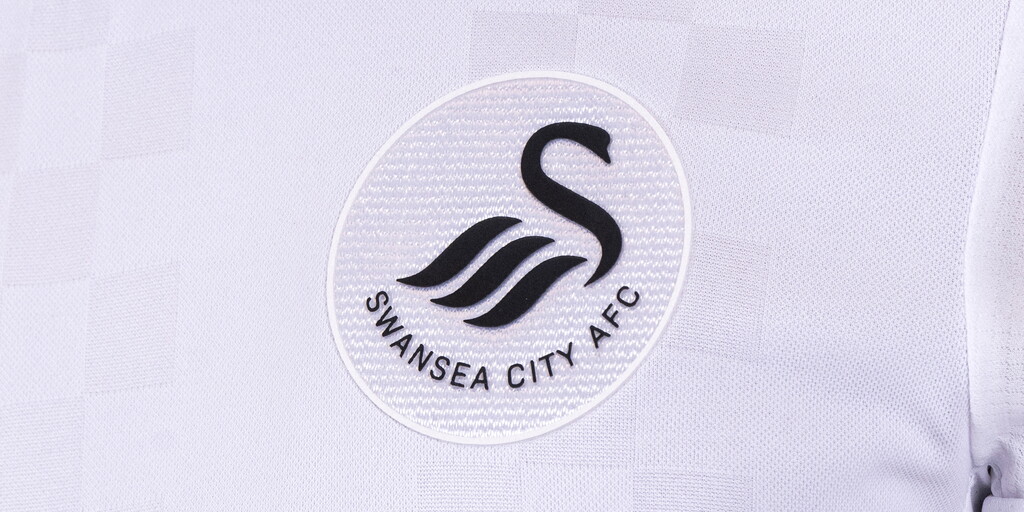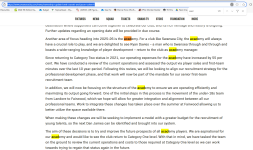We've moved a lot of higher earners on, plus transfer fees aren't paid in one lump. Most will be spread over the duration of the contract to minimise the cost for PSR purposes. I believe it's called "The Chelsea Method".
No doubt they're expecting a significantly enhanced commercial income based on the Snoop/Modric stuff, and I wouldn't rule out another similar announcement or two over the coming season. Imagine getting a US sporting superstar name on board?
We're still going to need ongoing financial subsidy regardless of this though, hopefully with a chunk of that going towards reinstating Cat 1 Academy status.
Just a point that I’m sure I’ve made before.
It makes zero difference for PSR when you pay a transfer fee. All in one go, spread over 10 years, paid in food stamps, no difference.
When you buy a player, the transfer fee plus associated costs (agents etc) are capitalised (put on the balance sheet) and then amortised over the length of the contract (i.e. charged to the profit and loss account in equal instalments). 3 year contract - spread over 36 months, 4 year over 48 months etc etc. even if it’s all paid in cash day one same applies.
At any given time, what we have left on the balance sheet (the original capitalised costs less any amortisation to date) is called the player book value. Over the contract length the total cost will move from the balance sheet to the profit and loss account to leave nothing on the balance sheet at the end of the contract (as the player is no longer our asset). If a player signs an extension, the remaining value left on the balance sheet is then spread over the new contract remaining length.
We are not short of cash, we are short of allowed losses (£41.5m over three years is allowed on a rolling basis). So this season is year three (this one plus last two years), year two (last year, this year and next year), and year one (this year and the next two years) of calculations.
Losses are income less costs (if you have more income than costs it’s a profit but we don’t have that). Balance sheet and cash flow is ignored.
You take the loss and add back stuff that is excluded for PSR (academy, women’s team, community activities, spending on various types of infrastructure etc etc.)
You also add on that player transfer profits (what we sell them for less what their remaining book value is, again irrespective of what the payment plan is) and deduct player losses (selling a player for less than their value in the books).
So it’s a balance of increasing income (which we are trying to do through commercial activities as well as merchandise and match day), and reducing costs.
This summer we’ve lost a few high cost players (Allen, Naughton, Pederson, Darling etc) who were at the end of their contracts, so we have no loss on them, just a large reduction in monthly costs. We’ve also sold Grimes (the profit on that will be his sales price less what his remaining book value was - it will not mean we have a profit of £4m or whatever the fee was) which will have been taken in last year’s PSR calculation, but this year we don’t have his salary which was relatively high.
Also we’ve just extended the contracts of both Key and Tymon (as above, their remaining book value will now be spread over a longer period than previously which reduces our PSR losses).
Loans are either an income or a reduction in our costs, even if it’s a small amount it builds up, so the players we have on loan help us. Loans we take in, reverse applies.
When you also take costs savings into account (one of the reductions will be not paying Coleman and his mate btw) and all the above, I can see how we are managing within PSR.
By next year we will hope to have significant additional income which will put us into a different place.


